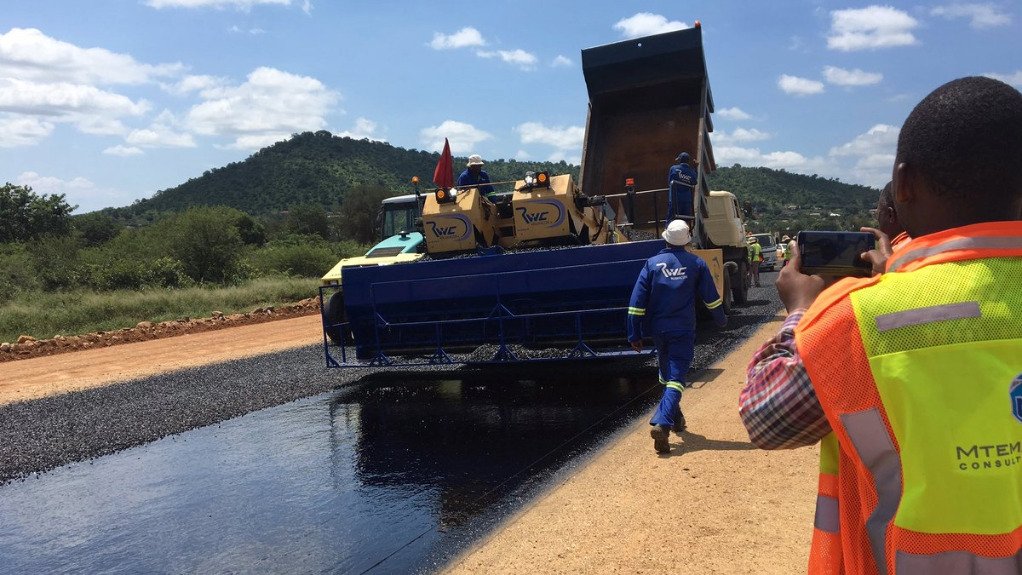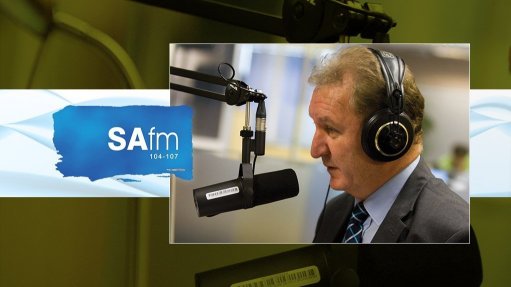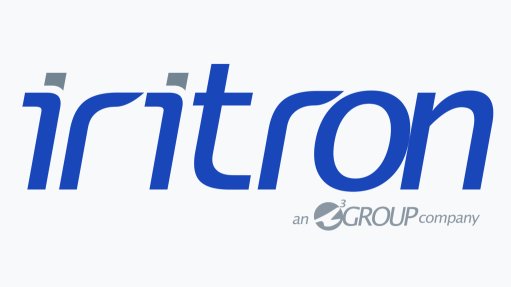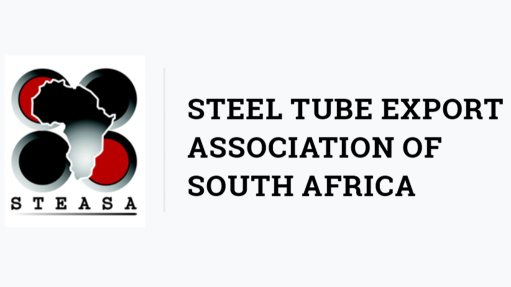Workshop created to increase Limpopo road safety


INFRASTRUCTURE DEVELOPMENT Guided by the six pillars of the UN Decade of Action for Road Safety 2021 to 2030, one of the main topics discussed at the LRSP Strategy Workshop was the prioritisation of cost-sharing sharing for infrastructure development and road maintenance before the 2030 target
Seventy-seven delegates gathered in Polokwane for a Limpopo Road Safety Programme (LRSP) Strategy Workshop organised by socioeconomic development mechanism Impact Catalyst, on behalf of its funding partner, the Anglo American Foundation.
The workshop aimed to develop a shared vision for Limpopo’s road safety strategy, prioritising the reduction of pedestrian and road fatalities.
According to LRSP project team member Carole Mitzi, Limpopo province has several existing policy documents, frameworks and programmes addressing road safety.
A common thread in these initiatives is the importance of clear planning, coherent systems and improved crash data reporting systems.
The key challenges identified in Limpopo included the overloading of heavy vehicles, conducting road safety campaigns, maintaining roads, and investing in automated traffic controls.
“We reviewed traffic and incident data from 2018 to 2022 provided by the Limpopo Department of Transport and Community Safety, Road Agency Limpopo and the Road Traffic Management Corporation,” explains Mitzi.
She explains that from this information, the group learnt which routes in Limpopo province had high traffic volumes and high incident rates.
According to the 2022 data, high-volume roads in Limpopo include the N1 and N11. Truck traffic is particularly concentrated along the N1 towards Beit Bridge, the northern areas of Limpopo towards Zimbabwe, and the western areas, influenced by mining activity.
Mitzi also highlighted that data from 2018 to 2022 shows high incident areas in Polokwane, along the N1 Thohoyandou, Sekhukhune, and the Mopane district, which is “becoming a concern”.
“While the severe incidents could be attributed to various factors, this data helps us focus the Limpopo Road Safety Strategy to reduce accidents and fatalities,” she states.
Delegates at the workshop discussed what an effective strategy for Limpopo province should include. Anglo American Platinum senior representative Victor Couto commented that it was important to avoid designing another strategy.
“Instead, we should identify key priorities. What are the top three priorities to achieve ‘zero facilities’? Once agreed, we must align and move collectively towards implementation.”
Guided by the six pillars of the UN Decade of Action for Road Safety 2021 to 2030, namely road safety management, safer road infrastructure, vehicle safety, road-user behaviour, post-crash response and speed management, the delegates proceeded to discuss achievable goals for Limpopo before 2030 and long-term strategic actions.
At the forefront of the discussion were matters relating to prioritising cost-sharing for infrastructure development and road maintenance before the 2030 target. Another participant emphasised the balance between safe road use and speed management.
“If we want the biggest impact quickly, we must focus on ensuring safe road use and addressing speed management. Behaviour contributes to over 80% of fatalities and accidents,” explains Couto.
He noted that investing in more cameras and increasing the visibility of traffic officials will encourage safer road use.
Other high-priority interventions identified during the workshop included the potential introduction of low-speed zones in schools and residential areas and the consideration of regulated driving hours for public transport and heavy vehicles.
Additionally, it will include the demarcation and signage for dedicated emergency lanes, rest stops and potentially camps for trucks between towns and clear demarcation for separate lanes for buses and taxis.
LRSP programme manager Dr Jonathan James pointed out that the high-priority interventions identified outlined what needs to be tackled before 2030 and helped streamlined the road safety strategy for Limpopo province.
“Once finalised, we hope to inculcate behaviour and attitude changes towards road safety among community members and school learners. The long-term goal is to reduce injuries and fatalities,” emphasised James.
Several Limpopo provincial departments, agencies and public organisations were represented at the workshop such as the South African Police Service, South African Road Safety Partnership, South African National Taxi Council and Road Traffic Infringement Agency, to name a few.
Article Enquiry
Email Article
Save Article
Feedback
To advertise email advertising@creamermedia.co.za or click here
Comments
Announcements
What's On
Subscribe to improve your user experience...
Option 1 (equivalent of R125 a month):
Receive a weekly copy of Creamer Media's Engineering News & Mining Weekly magazine
(print copy for those in South Africa and e-magazine for those outside of South Africa)
Receive daily email newsletters
Access to full search results
Access archive of magazine back copies
Access to Projects in Progress
Access to ONE Research Report of your choice in PDF format
Option 2 (equivalent of R375 a month):
All benefits from Option 1
PLUS
Access to Creamer Media's Research Channel Africa for ALL Research Reports, in PDF format, on various industrial and mining sectors
including Electricity; Water; Energy Transition; Hydrogen; Roads, Rail and Ports; Coal; Gold; Platinum; Battery Metals; etc.
Already a subscriber?
Forgotten your password?
Receive weekly copy of Creamer Media's Engineering News & Mining Weekly magazine (print copy for those in South Africa and e-magazine for those outside of South Africa)
➕
Recieve daily email newsletters
➕
Access to full search results
➕
Access archive of magazine back copies
➕
Access to Projects in Progress
➕
Access to ONE Research Report of your choice in PDF format
RESEARCH CHANNEL AFRICA
R4500 (equivalent of R375 a month)
SUBSCRIBEAll benefits from Option 1
➕
Access to Creamer Media's Research Channel Africa for ALL Research Reports on various industrial and mining sectors, in PDF format, including on:
Electricity
➕
Water
➕
Energy Transition
➕
Hydrogen
➕
Roads, Rail and Ports
➕
Coal
➕
Gold
➕
Platinum
➕
Battery Metals
➕
etc.
Receive all benefits from Option 1 or Option 2 delivered to numerous people at your company
➕
Multiple User names and Passwords for simultaneous log-ins
➕
Intranet integration access to all in your organisation

















